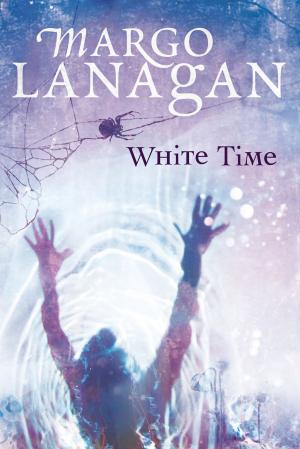Mawson's Huts
The Birthplace of Australia's Antarctic Heritage
Nonfiction, History, Polar Regions, Australia & Oceania| Author: | David Jensen, Mawson's Huts Foundation | ISBN: | 9781743439531 |
| Publisher: | Allen & Unwin | Publication: | November 19, 2014 |
| Imprint: | Allen & Unwin | Language: | English |
| Author: | David Jensen, Mawson's Huts Foundation |
| ISBN: | 9781743439531 |
| Publisher: | Allen & Unwin |
| Publication: | November 19, 2014 |
| Imprint: | Allen & Unwin |
| Language: | English |
The Australasian Antarctic Expedition (AAE) of 1911-14, led by the young Australian geologist Dr Douglas Mawson, who was later knighted for his efforts, was not only one of the last great voyages of the Heroic Era, it was by far the most successful of its time in scientific terms. The results of the AAE's investigations were still being published 30 years later. Mawson's team of 31 expeditioners, with an average age of just 26, established three bases. The main one was built at Cape Denison, Commonwealth Bay, where in January and February 1912 they built the wooden hut from Oregon and Baltic pine that was to be their home for two years. It was from here that the disaster and heroism of Mawson's far eastern sledging party continues to frame the popular perception of his legendary polar explorations.
After the death of his two sledging companions, Dr Xavier Mertz and Lieutenant Belgrave Ninnis, Mawson walked for a month, starving and alone, back to Cape Denison, only to see his ship departing in the distance. The fragile wooden hut where he had to spend a further year with six companions is now a historic site, and is being conserved by the Mawson's Huts Foundation in partnership with the Australian Antarctic Division.
Formed in 1996, the Foundation is raising funds from the Australian Government and corporate and private sponsors to ensure that this vital part of Australia's Antarctic heritage remains intact. The Mawson's Huts Historic Site consists of the main hut, magnetograph house, the transit hut, the ruined absolute magnetic hut and a memorial cross to Ninnis and Mertz, along with a plaque recording the territorial claim Mawson made on his return for one night in 1931.
The Cape Denison site is also recognised internationally under the Antarctic Treaty as a Historic Site and Monument, an Antarctic Specially Protected Area and an Antarctic Specially Managed Area. It is also inscribed on both the National Heritage and Commonwealth Heritage registers.
The Australasian Antarctic Expedition (AAE) of 1911-14, led by the young Australian geologist Dr Douglas Mawson, who was later knighted for his efforts, was not only one of the last great voyages of the Heroic Era, it was by far the most successful of its time in scientific terms. The results of the AAE's investigations were still being published 30 years later. Mawson's team of 31 expeditioners, with an average age of just 26, established three bases. The main one was built at Cape Denison, Commonwealth Bay, where in January and February 1912 they built the wooden hut from Oregon and Baltic pine that was to be their home for two years. It was from here that the disaster and heroism of Mawson's far eastern sledging party continues to frame the popular perception of his legendary polar explorations.
After the death of his two sledging companions, Dr Xavier Mertz and Lieutenant Belgrave Ninnis, Mawson walked for a month, starving and alone, back to Cape Denison, only to see his ship departing in the distance. The fragile wooden hut where he had to spend a further year with six companions is now a historic site, and is being conserved by the Mawson's Huts Foundation in partnership with the Australian Antarctic Division.
Formed in 1996, the Foundation is raising funds from the Australian Government and corporate and private sponsors to ensure that this vital part of Australia's Antarctic heritage remains intact. The Mawson's Huts Historic Site consists of the main hut, magnetograph house, the transit hut, the ruined absolute magnetic hut and a memorial cross to Ninnis and Mertz, along with a plaque recording the territorial claim Mawson made on his return for one night in 1931.
The Cape Denison site is also recognised internationally under the Antarctic Treaty as a Historic Site and Monument, an Antarctic Specially Protected Area and an Antarctic Specially Managed Area. It is also inscribed on both the National Heritage and Commonwealth Heritage registers.















